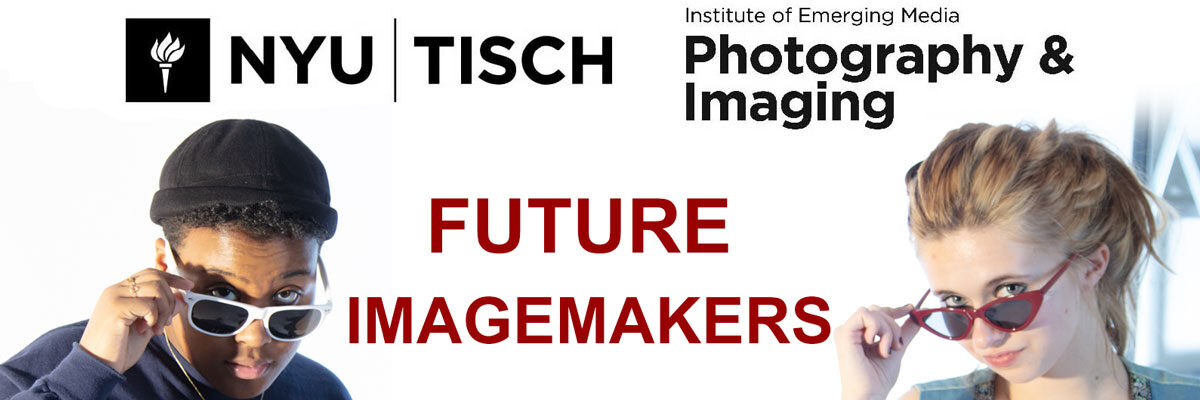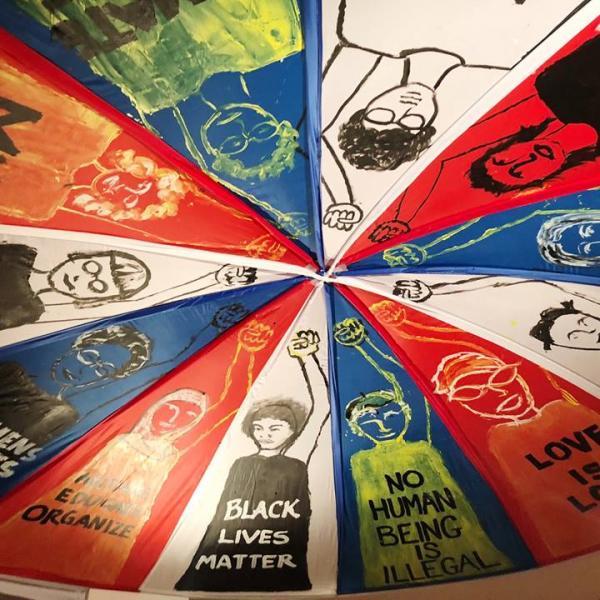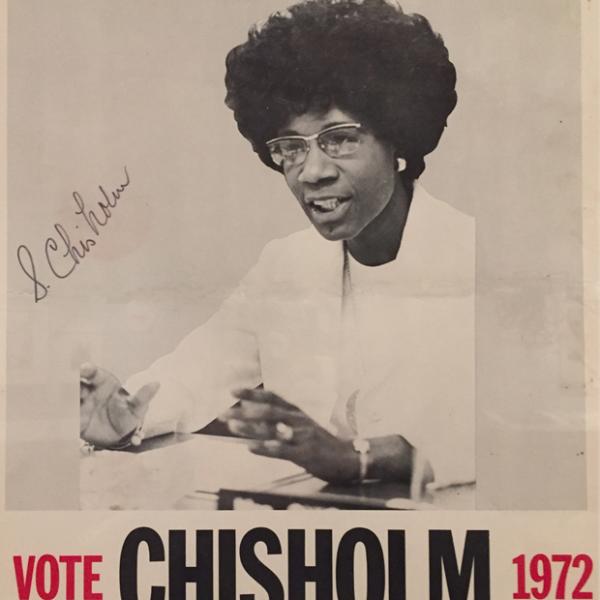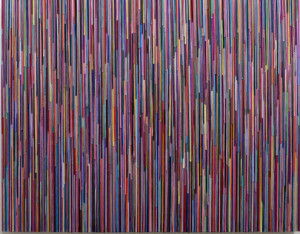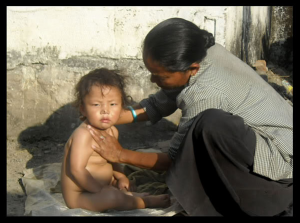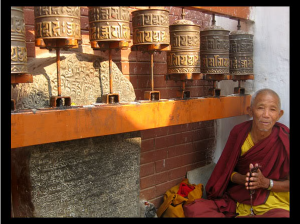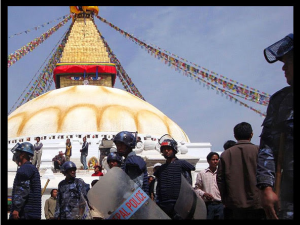Photoville / United Photo Industries Education/Teacher Resources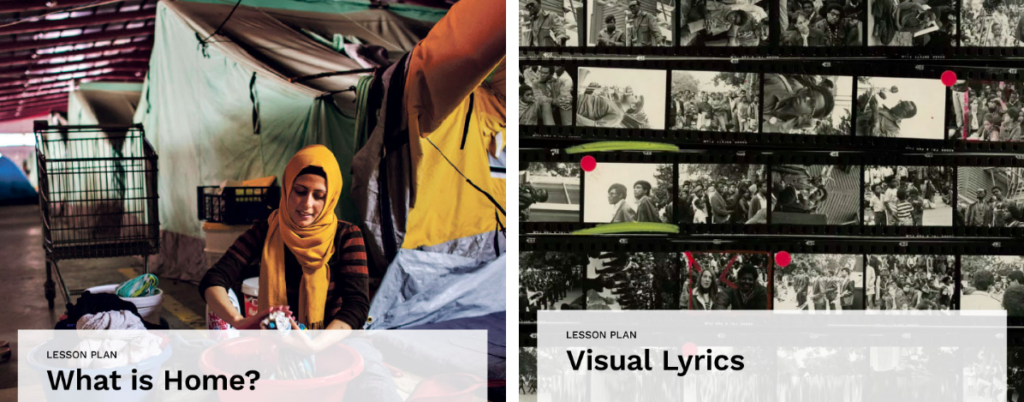
United Photo Industries (UPI) presents thought-provoking, challenging, and exceptional photography exhibitions from across the globe in their gallery and at the annual Photoville Festival. They are committed to a wider understanding and increased access to the art of photography — that includes their young audience of students! Browse through their lesson plans and discussion questions drawn from the rich stories within UPI and Photoville projects
————————————
Aperture On Sight Curriculum
The Aperture On Sight curriculum is designed to teach visual literacy through working with photography. It builds students’ abilities to communicate as visual storytellers, develops them as creative and critical thinkers, as well as building their capacity for academic and professional success.
The Aperture On Sight curriculum relies on the equation:
form + content + context = meaning
